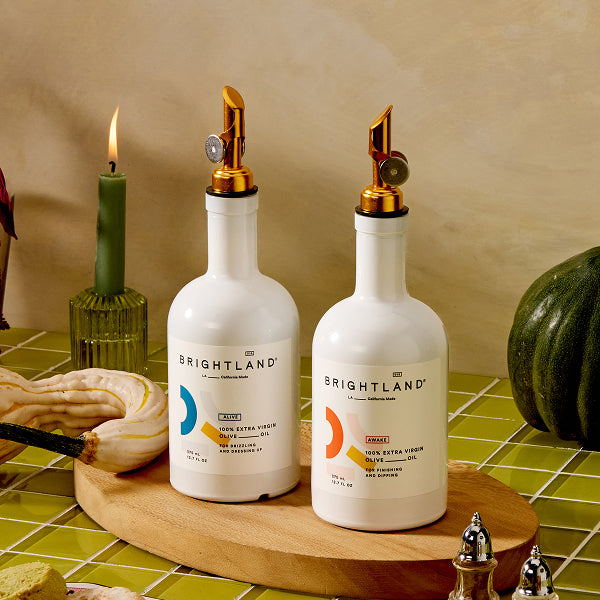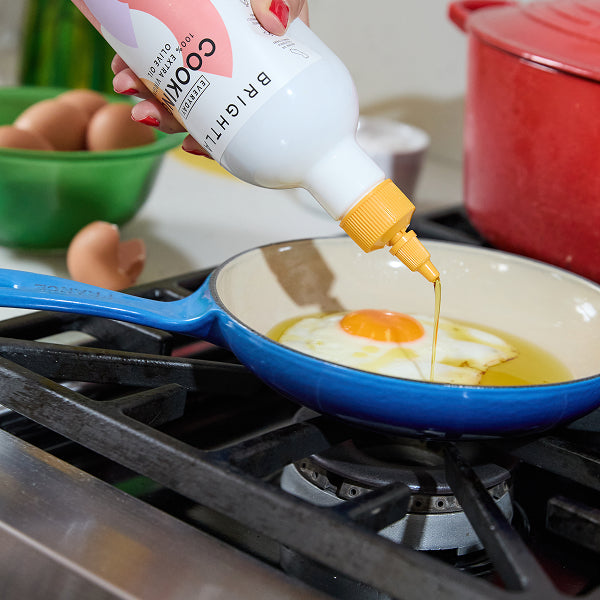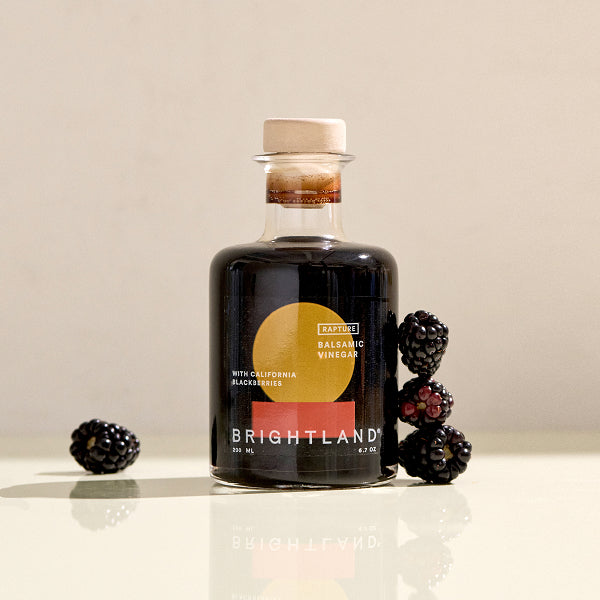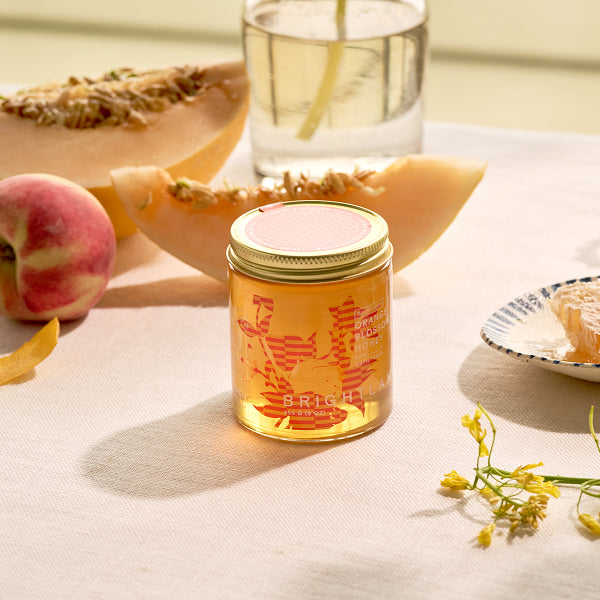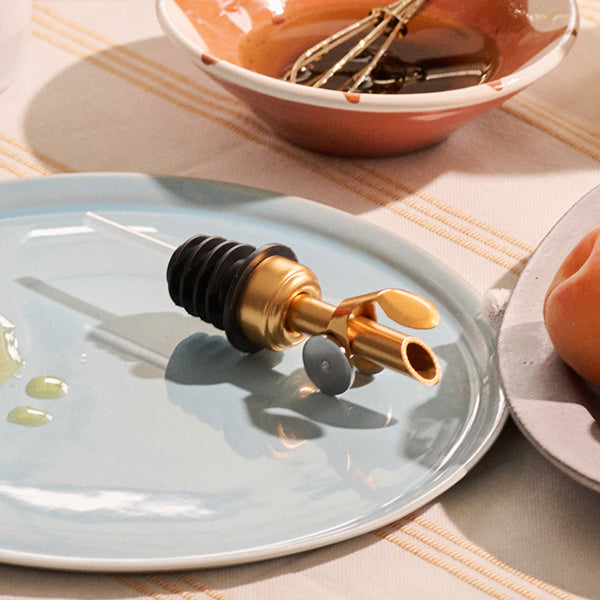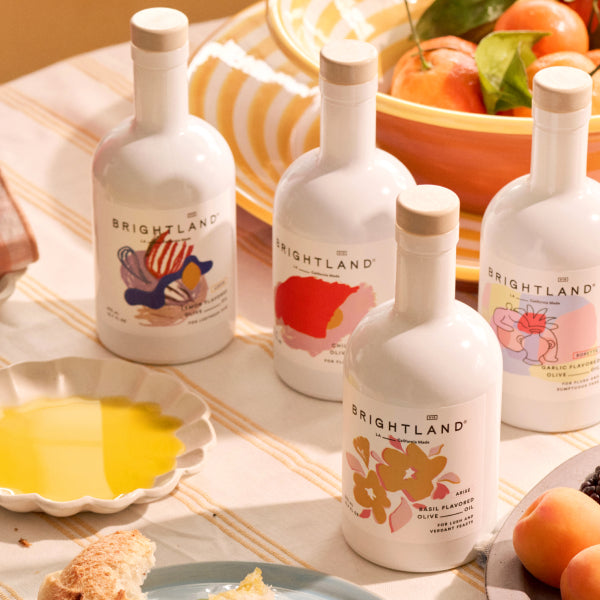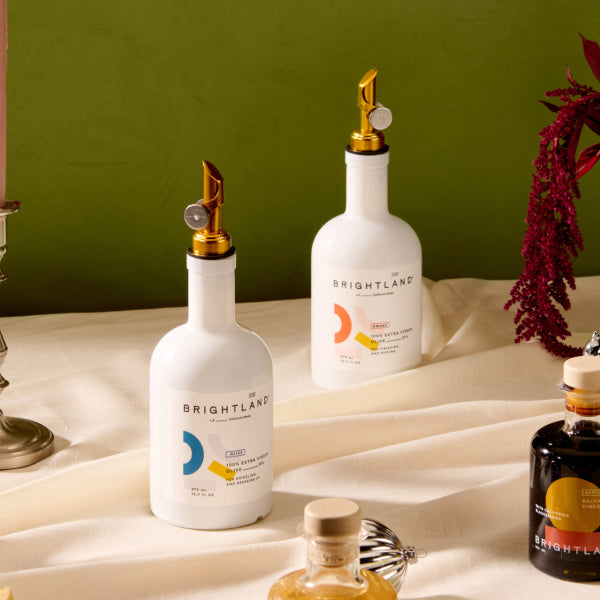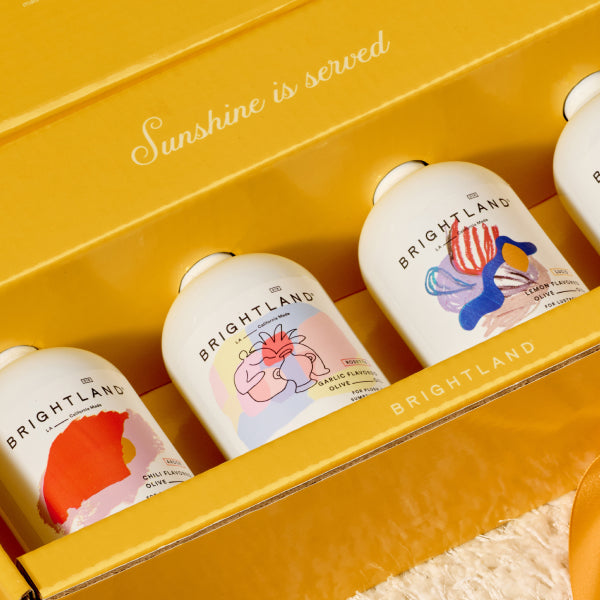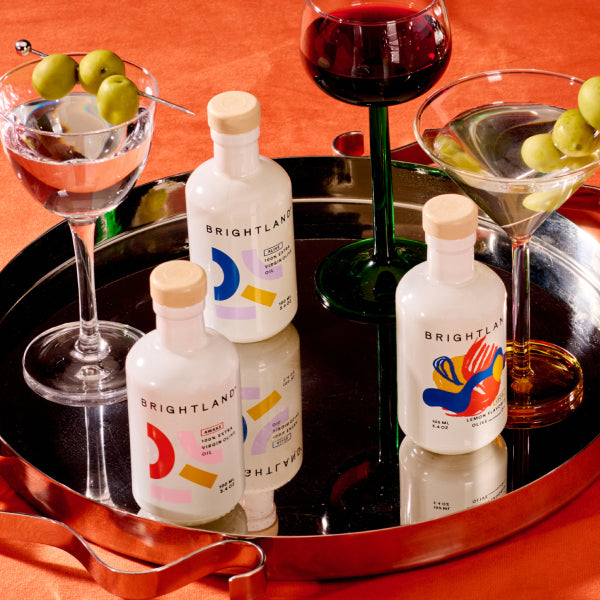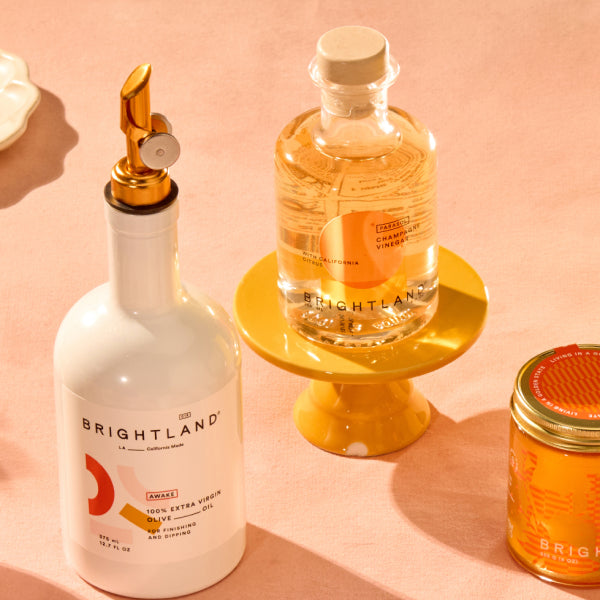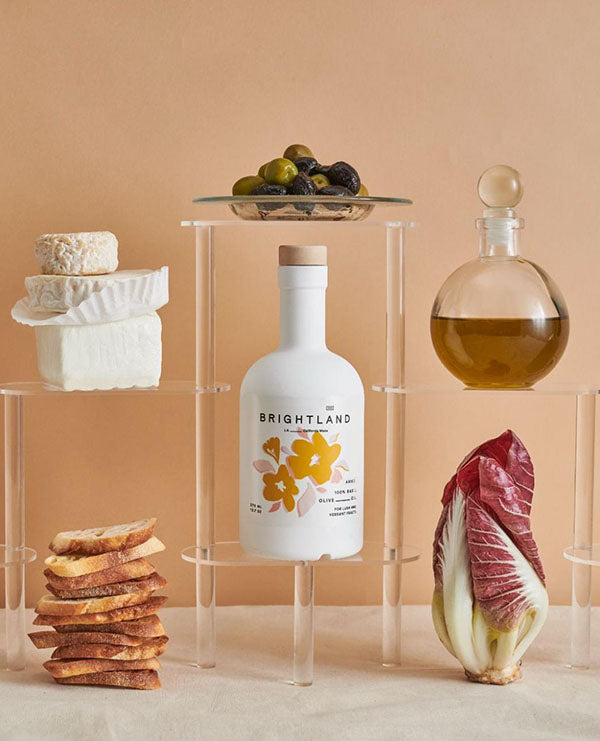[open type="rte"]
Balsamic vinegar is one of the most popular cooking vinegars — but dive into the world of balsamic, and you will soon realize that choosing among the different types is no straightforward task. Today, we are explaining what traditional balsamic is and why it is so hard to find. Then, we compare it to other types of balsamic vinegar that you are likely more familiar with.
[close type="rte"][open type="images" small="true"]

[close type="images"][open type="rte"]
[close type="rte"][open type="rte"]
What Is Traditional Balsamic Vinegar?
It is very possible that you have never actually had traditional balsamic vinegar, which is actually pretty rare and expensive. That is because traditional balsamic vinegar is only made in two small locations in Italy — Reggio Emilia and Modena. The vinegar must also be aged for a minimum of 12 years, and it may take up to 25 years for the aging process to be completed.
In order to be considered traditional balsamic vinegar, the vinegar must be made from Lambrusco or Trebbiano grapes. In order to make the vinegar, the grapes are pressed whole, cooked over a flame until they are reduced by half and then left to ferment for three weeks. After the fermentation period is up, the grape mixture is moved into a series of five aging barrels called a “batteria.” Learn more about how balsamic vinegar is made in our in-depth guide.
Because of the limited locations and long aging times, traditional balsamic can be hard to track down outside of Italy. Most typical grocery stores in the U.S. do not carry them. You might be able to find it at a specialty store that imports food from Italy, but expect to pay a high cost due to the limited supply of the vinegar as well as the expense of exporting it overseas.
If you do not have access to traditional balsamic vinegar, or you just do not want to drop that much cash on a single bottle of vinegar, then keep reading because there are multiple other types of balsamic vinegar available to you.
[close type="rte"][open type="rte"]
[close type="rte"][open type="rte"]
What About Other Types of Balsamic Vinegar?
While there is only one kind of traditional balsamic vinegar, there are several other kinds of balsamic that you have probably tried before. In fact, a bottle of one is probably sitting in your kitchen pantry right now. The additional types of vinegar that you need to know are balsamic vinegar of Modena (IGP), condiment-grade balsamic, imitation balsamic and raw balsamic vinegar.
Condiment-grade balsamic refers to vinegar made in the traditional way that does not meet the stringent standards for traditional balsamic. Condiment-grade balsamic may come from the region outside Modena and Reggio Emilia, or be aged for less than 12 years. There are some really excellent condiment-grade balsamic vinegars available, but you do need to do your research carefully before you buy. Condiment-grade balsamic is not regulated in the same way traditional balsamic is, so the quality of the vinegar can vary greatly from brand to brand.
Balsamic vinegar of Modena is a designation that indicates that the vinegar was made from grape varietals typical of those grown in Modena. However, the grapes themselves can come from any location. They only have to be processed in Modena to meet the IGP designation. Typically, this vinegar skips the fermentation stage and is aged for a minimum of two months before it can be sold.
[close type="rte"][open type="images" count="1"]

[close type="images"][open type="rte"]
Imitation balsamics are typically just vinegar with food coloring and thickening agents added. These are usually the cheapest type of balsamic and therefore the lowest quality, so we recommend steering away from them.
Finally, we have raw balsamic, which is the type of vinegar that we sell here at Brightland. We source our Zinfandel grapes from a family farm in central California and then add in Triple Crown blackberries to enhance the fruity taste. We skip the aging step and instead ferment the grape mixture in stainless steel barrels, creating a lighter and brighter vinegar that is as versatile as it is delicious.
Want to try our raw California balsamic vinegar? Order a bottle from Brightland today and we will ship it right to your door for the ultimate convenience. Be sure to check out other high quality pantry staples as you shop, including our other vinegars. They are also sourced from other family farms to create high quality yet affordable ingredients. And do not forget that U.S. orders over $79 ship free!
[close type="rte"]

